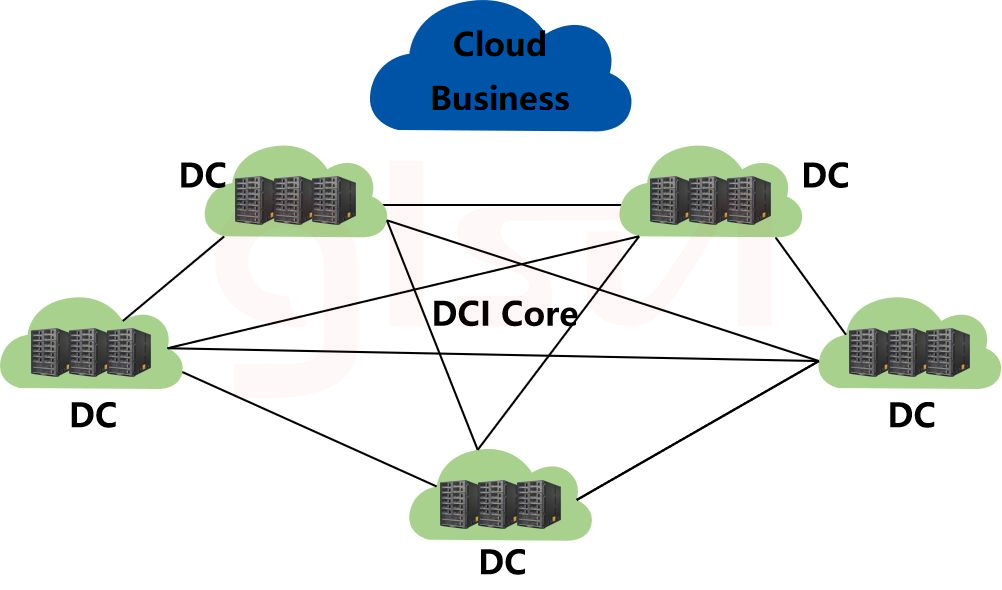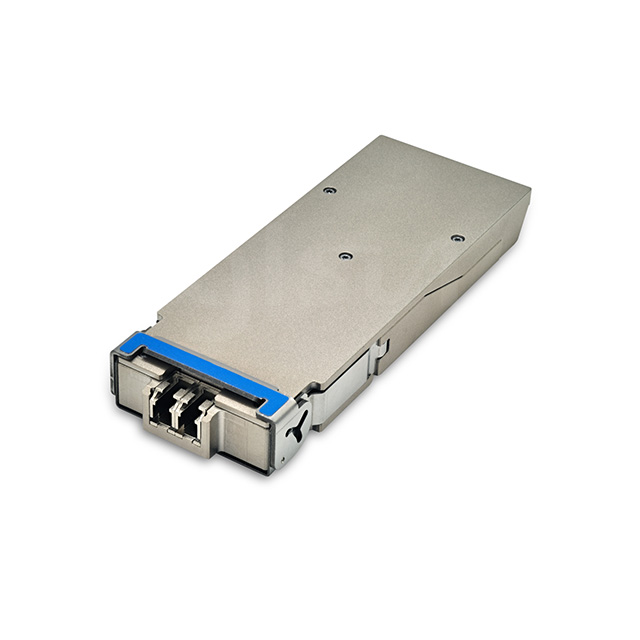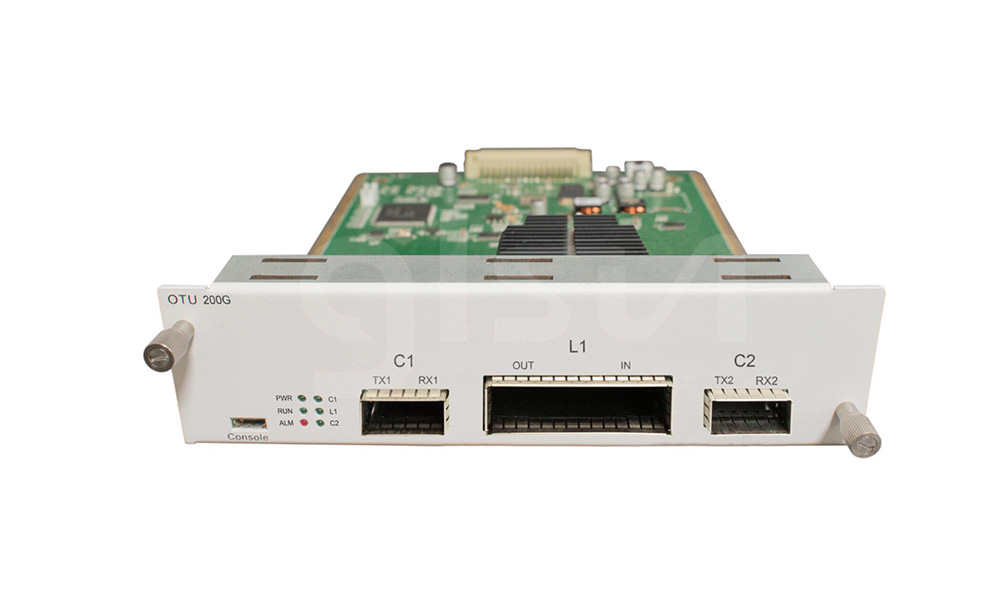Coherent Transmission System - DCI Long Transmission
2023-03-24
With the acceleration of network cloudization, business traffic is rapidly concentrated in data centers, and the scale of global data centers has expanded dramatically. Currently, the data center is gradually expanding towards the edge of the network, covering a wider area. In order for these data centers to operate cooperatively, they need to exchange information with each other, which creates the need for interconnection, resulting in a Data Center Interconnect. At present, metropolitan DCI and long-distance DCI are the two most important DCI application scenarios, with the rapid development of the metropolitan DCI market.

Main Challenges of DCI
Bandwidth: Explosive growth of data, while fiber resources are limited and expensive
Cost: The rent of machine room increases with the increase of equipment height
Operation and maintenance: IT industry is lack of optical network maintenance personnel and experience.
Coherent Optical Transmission Subsystem Solution

The client side adopts 100G QSFP28 SR4/LR4 optical module, and the OTU unit converts 1*100GE Service into 1*100G coherent optical signal or converts 2*100GE services into 1*200G coherent optical signal.
100G QSFP28 SR4/LR4 optical modules are configured on the client side of 2*100G muxponder to connect with the client side, and 100/200G CFP2 DCO optical modules are configured to connect to the AWG on the line side.
Configure EDFA to improve the transmit power and system receive sensitivity, configure VOA for adaptive adjustment of link optical power, and configure OLP for automatic fiber switching protection.
.jpg)
Optical Transform Unit OTU
When the OTU transmits a single 100GE service, 1*100G CFP2 DCO transceiver module is configured on the line side; when two 100GE services are transmitted, 1*200G CFP2 DCO transceiver module is configured on the line side.
The OTU can realize the centralized monitoring of the optical performance of the service port, the centralized heat dissipation of the color light module, and the open access of the service.
The OTU consists of 100G QSFP28 transceiver, 100G coherent optical transceiver modules and other boards. For one way 100G service end-to-end, the OTU board needs to be configured with two 100G client-side optical modules and two 100G CFP2 DCO optical modules. Two-way 100G service end-to-end, the OTU board needs to be configured with 4*100G client-side optical modules and 2*200G CFP2 DCO optical modules.
100G CFP2 DCO
· DP-DQPSK modulation method
· Transmission distance up to 120km(ZR)/600km(Metro)/2000km(Long haul)
· 100GE/OLT4 client interface meets C-Band full-band adjustable
· Ultra-narrow linewidth laser
· Using silicon light modulation technology
· Consumption: 18W (ZR), 19W (Metro), 24W (1200km)
· RoHS6 Compliant
100G CFP2 DCO has excellent OSNR performance. In different FEC configuration modes, the difference in the OSNR tolerance value of 100G coherent system directly determines the number of EDFAs that can be cascaded, and also limits the maximum transmission distance of the coherent system.

200G Muxponder
200G muxponder supports converting two 100GE optical signals into one 200G coherent optical signal or one 100GE optical signal into one 100G coherent optical signal.
· 2*QSFP interface, 1*CFP2 interface
· 100G/200G coherent optical transmission technology
· Innovative QPSK/16QAM programmable
· Achieving single-wavelength capacity of 100G/200G
· The capacity of one pair of optical fibers can reach 19.2Tbit/s
· Support hot-swappable, which can realize 20s replacement of spare parts and extremely shorten maintenance time








